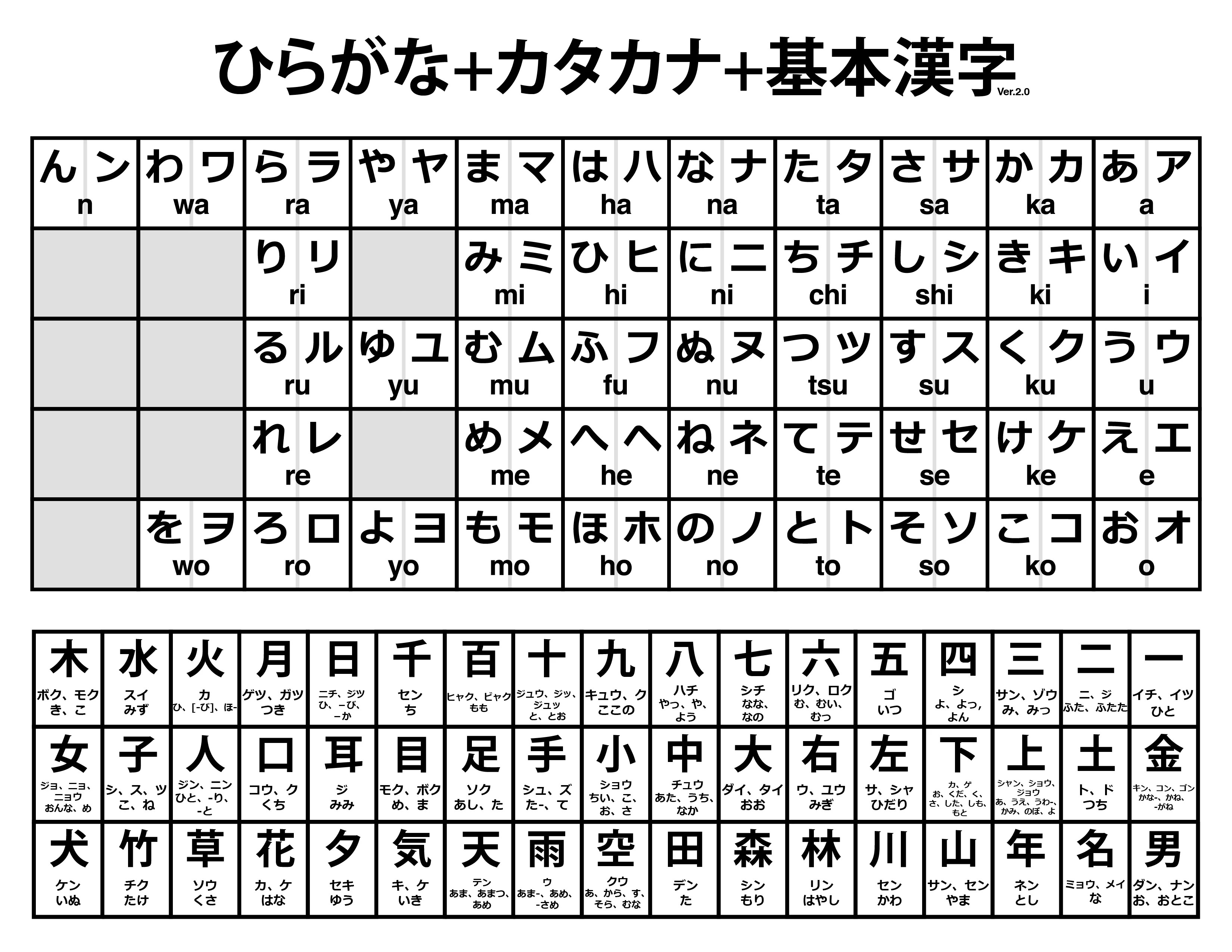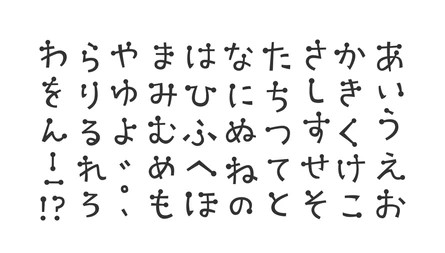Have you ever wondered how some languages work without an alphabet? While most of us read using letters like A to Z, Chinese and Japanese follow a completely different system. Instead of spelling sounds, their symbols express meanings and ideas. Most people, when we talk of writing, conjure up the image in our minds of an alphabet, a little collection of letters that indicate an individual sound. English is written with 26 letters, Devanagari is written with Hindi, and Arabic has its script.
Fluency in reading these languages entails the ability to be able to recognise the letters, fuse them to form words and pronounce them accurately.
But there is the opposite of this- languages such as Mandarin Chinese and some others, such as Japanese, have no alphabet at all.
Let’s explore how these unique writing systems evolved and how they continue to shape communication today.
Also Read: List of Most Popular Sign Languages in the World
Chinese: Writing Not the Expectancies, but the Meanings.
Chinese is a logographic language, that is, it utilises symbols that are called characters to represent a word or idea as opposed to a sound. In order to read Chinese as fluently as possible, an individual must understand approximately 3,000 characters, but the total number of characters is about 50,000.

Source: ThoughtCo
Bones and bronze artefacts contain the oldest Chinese writings, which appeared thousands of years ago. These characters began as mere pictographs - drawings which depicted actual objects or notions. With time, they transformed into their complex symbols.
All characters consist of smaller units called radicals that give a clue to the meaning or pronunciation. Contrary to the use of alphabetic writing, the Chinese do not spell out their words in a sequence of letters; one symbol may have one symbols attached to it, e.g. cat, mountain, etc.
To study the Chinese language, there is a need to memorise numerous characters, but the reader can easily call the process very meaningful and beautiful.
Japanese: A system of Blended Writing.
Japanese writing has been lumped with Chinese since it has no actual alphabet, as well. It is unique, however, in the sense that it integrates three other scripts:

Source: reddit
-
Kanji- Characters of Chinese origin that depict meaning are called Kanji.
-
Hiragana -This is a syllabary in which every symbol represents a syllable, as in ka or mo.

-
Katakana - A different syllabary, which is used with foreign words, names and onomatopoeia.
Children in Japan get to know hiragana and katakana, and then they get to know kanji in school. It is through these scripts combined which enable the language to convey tone, context and even emotion in flexible ways.
Other Systems of writing worldwide.
A-Z letters are not used to construct every language. There are numerous interesting writing systems in the world:
-
Logographic systems (e.g. Chinese) have symbols representing words or thoughts.
-
Syllabaries (e.g. Japanese kana) adopt symbols representing full syllables.
-
Abjads (e.g., Arabic, Hebrew) include primarily consonants; vowels tend to be unspoken.
-
Abugidas (e.g. Devanagari to Hindi, Amharic in Ethiopia) place the marks of vowels based on the consonants.
In other languages, there is neither a written form whatsoever, and these languages only survive due to oral storytelling and cultural memory.
Quick Facts about the Writing System
|
Conclusion
Human communication is very inventive, and this can be attributed to the different writing systems. Unlike alphabetic scripts that are based on the sound, logographic and syllabic systems are a complete contrast, meaning that the meaning and culture are conveyed in completely different ways. It can be either the beautiful lines of the Chinese calligraphy or the fused scripts of Japanese writing; each has a different tale of how humanity captures ideas, sounds and meaning.
Comments
All Comments (0)
Join the conversation